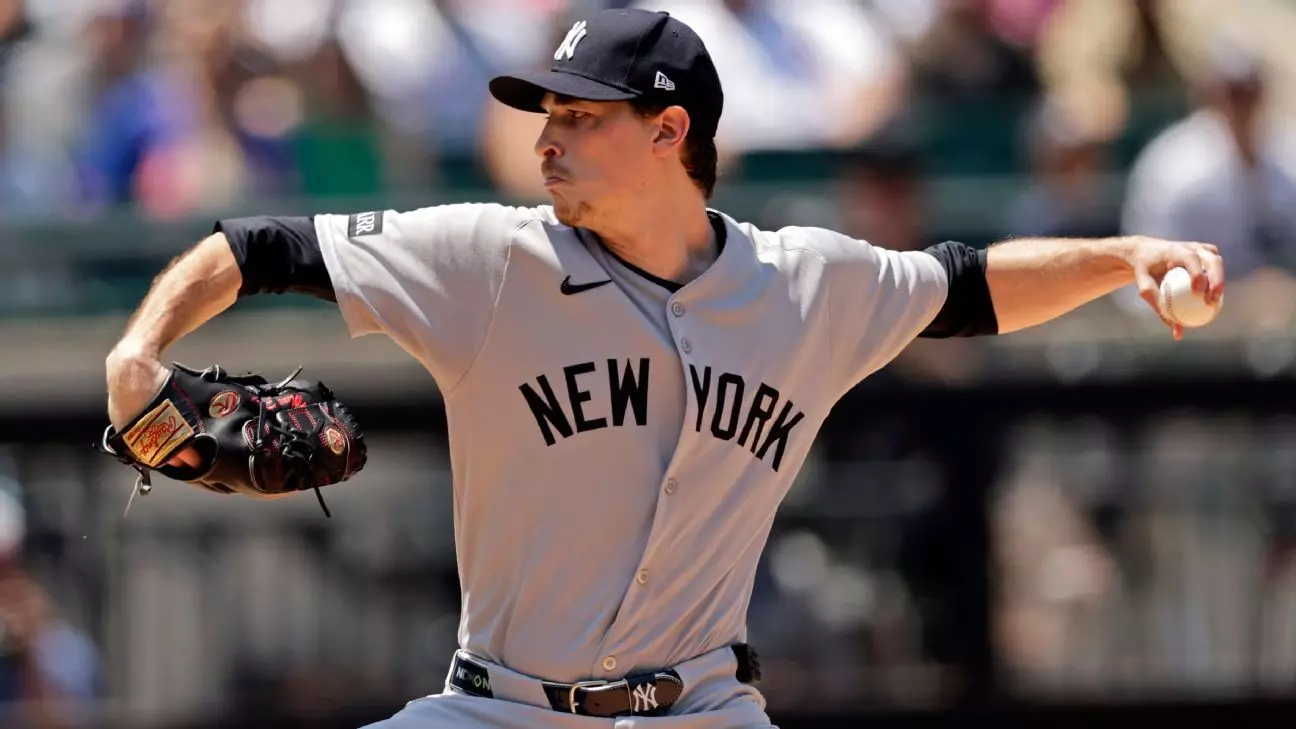In the high-stakes world of professional baseball, even the most talented players are subject to the unpredictable whims of their bodies. Max Fried, a dominant force on the mound and a critical asset for the Yankees, recently found himself sidelined due to a seemingly minor yet consequential issue: a blister. This incident underscores a harsh reality—elite athletes are only as durable as their physical resilience allows. The severity of Fried’s blister remains uncertain, but its impact on his performance and team dynamics signals a sobering reminder: physical vulnerabilities can quickly unravel a finely tuned skill set.
What makes such injuries particularly frustrating is their unpredictable nature. Fried’s history with blisters is extensive; during his tenure with the Atlanta Braves, he navigated multiple episodes that demanded time on the injured list. The fact that a simple blister can cause a player of Fried’s caliber to exit a game early reveals the thin line between peak performance and sudden setback. It’s a testament to how minor physical irritations, if not properly managed, can evolve into significant hurdles, threatening not just individual outings but season-long aspirations.
The High Stakes of Pitcher Health
Fried’s recent performance was underwhelming—he allowed four runs over just three innings, a stark contrast to his stellar 11-3 record and 2.43 ERA prior to the injury. It’s tempting to assign this decline solely to the physical discomfort caused by the blister, but such a narrative is incomplete. Physical ailments often influence a pitcher’s mental state; hesitations and adjustments on the mound can lead to command issues, as seen in Fried’s increased walks and the number of hitters reaching base. The pressure to perform while fighting discomfort can exacerbate vulnerability, turning minor issues into potential season-altering setbacks.
Furthermore, Fried’s case exposes the relentless physical toll of pitching at an elite level. Repeated blister episodes highlight the fragility of a pitcher’s hand skin, which can be worn down by constant use. The question arises: how well-equipped are players and teams to handle these injuries without compromising long-term career health? Fried’s history suggests that even with advanced sports medicine and mitigation strategies, some injuries are unavoidable. Yet, the manner in which players adapt and recover often determines their resilience and longevity.
Strategic Implications and the Road Ahead
The Yankees are faced with a difficult balancing act. Fried’s talent is undeniable, but his physical condition remains uncertain, especially given the inconsistent ERA in recent starts. With an upcoming series against the AL East-leading Blue Jays, the team must decide whether to risk deploying Fried or to prioritize his full recovery. The decision-making process exemplifies the broader challenge teams face: weighing immediate competitive needs against long-term health and performance.
Fried’s attendance at the All-Star festivities is both a morale booster and a reminder of his standing within the league. Yet, it also underscores the importance of managing expectations when dealing with injuries that could flare up again. His previous footings with blisters reveal that patience and strategic management are essential. The Yankees’ medical staff will need to employ all available modalities—from rest to innovative treatment—to ensure Fried returns to peak form.
Fried’s recent setback is a stark reminder of how delicate even the most refined athletic gifts can be. His injury exposes vulnerabilities that are often hidden behind statistics and highlight the importance of meticulous care and strategic planning in professional sports. It is a testament to the relentless fight athletes face—not just against their opponents, but against their own bodies.


Leave a Reply